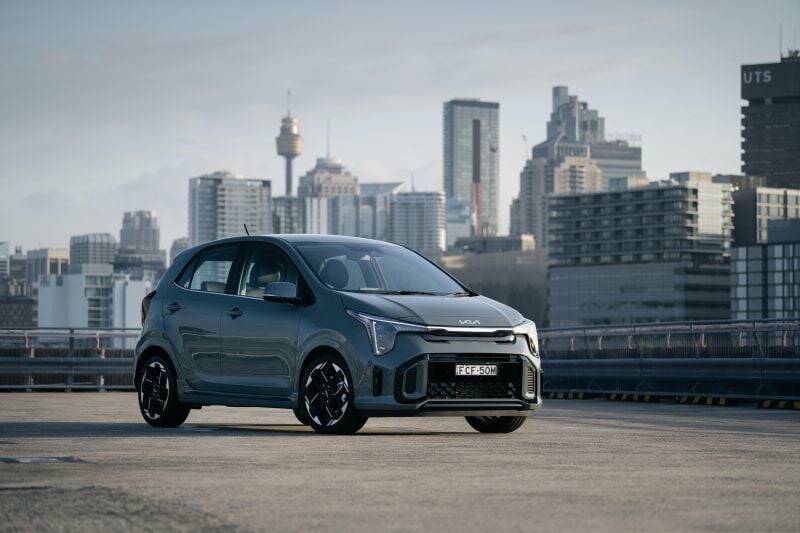
Kia has announced its plans to develop an affordable, city-sized electric vehicle that is expected to be even smaller than the upcoming 2026 Kia EV2. This new model will directly compete with the likes of the BYD Seagull and Dacia Spring, as confirmed by Kia’s president and CEO, Ho Sung Song. Speaking to a UK publication, Song emphasized that creating a smaller, more affordable electric car is a priority for the company, especially as European consumers increasingly shift towards electric vehicles.
Currently, Kia offers the Picanto-based Ray as a city-sized electric vehicle, but this model is exclusive to the Korean market. The new electric city car is poised to replace Kia’s entry-level petrol-powered Picanto, which remains Australia’s most affordable new car. The Picanto received significant updates in 2023 and continues to perform well in European markets. However, a complete overhaul is anticipated between 2028 and 2029, which could see the Picanto transition from its current 1.2-litre four-cylinder petrol engine to a fully electric powertrain.
Competitive Landscape in the Affordable EV Market
The introduction of Kia’s new city EV comes at a time when competition in the affordable electric vehicle segment is intensifying. The BYD Seagull, for instance, is expected to be available in the UK later this year as the Dolphin Surf, priced under £20,000 (approximately $41,874). It is likely to become one of the most affordable EVs on the market, potentially undercutting the current price leader, which retails at $29,990 drive-away.
Meanwhile, other automotive brands are also adopting a similar strategy of offering both petrol and electric versions of their models. This approach allows companies to cater to diverse market demands and transition smoothly towards an electric future.
Kia’s Broader Electric Vehicle Strategy
Kia has been actively expanding its electric vehicle lineup, with the smallest model, the EV2, set to launch overseas in 2026. However, this model is not expected to be available in Australia. In contrast, the electric sedan, a competitor to the Model 3, is scheduled to arrive in Australia in the last quarter of 2025. This will join the existing lineup of electric Kias available in Australian showrooms, including the EV5, which has become Kia Australia’s most popular EV in 2025 and the fourth-most popular EV overall.
The EV5 has seen 2,765 units delivered by the end of June 2025, positioning it just behind the third-place Model 3.
Market Dynamics and Future Outlook
According to Ho Sung Song, the European market is pivotal for Kia’s electric vehicle ambitions due to the strong trend towards electrification. However, he acknowledges that internal combustion engines will continue to play a crucial role in emerging markets where electric-charging infrastructure is limited. This dual approach allows Kia to remain flexible and responsive to global market trends.
“The final destination in Europe is EVs, which is why I want to be a very strong EV player in Europe,” Song stated. “But if we look at worldwide demand, we should have alternative powertrains, like hybrids, plug-in hybrids, and EREVs [extended-range electric vehicles].”
Sales of Kia’s hybrid models have surged by 14.9 percent, following a substantial 76 percent increase in 2024. Major markets, including China and the United States, have also experienced significant growth in hybrid vehicle popularity.
As Kia continues to innovate and expand its electric vehicle offerings, the automotive industry can expect further developments and competitive pricing strategies aimed at capturing a larger share of the burgeoning EV market.






